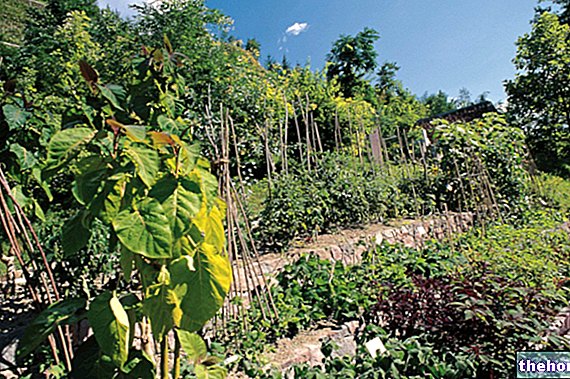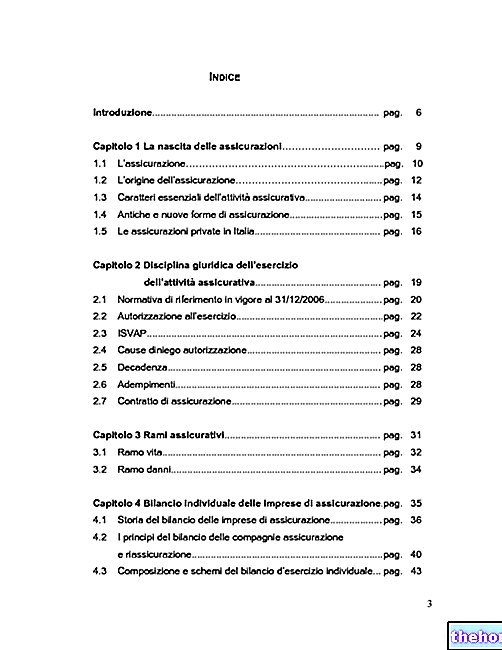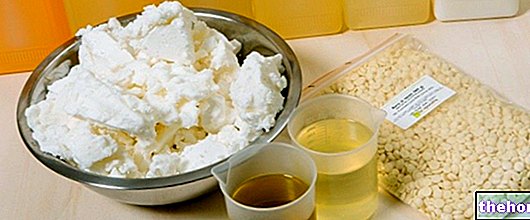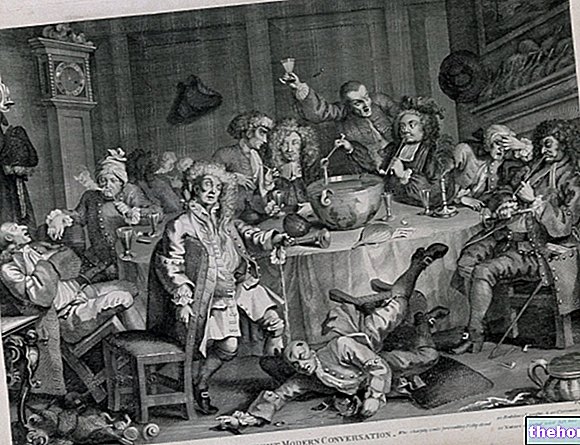Chamomile: Matricaria recutita, Composite family. The drug consists of flower heads, which have an envelope consisting of green bracts, a receptacle and yellow tube flowers, surrounded by white ligulate flowers. There are two distinct varieties:
Roman chamomile: larger flower heads with hollow receptacle and a greater quantity of ligulate flowers.
Common chamomile: smaller flower heads with non-hollow receptacle.
In both cases, the drug can be used fresh - to obtain the essential oil - or dried, for the preparation of herbal teas and infusions. Once again, the essential oil is rich in mono and sesquiterpene compounds, in particular among the latter. we remember the azulenes, which give it a bluish color. The main monoterpene is bisabolol, found in cosmetic formulations intended for infancy for its anti-inflammatory and soothing properties. In chamomile, as a proper drug, there are also flavonoids, such as apigenin 7 glucoside and derivatives, which give chamomile in the form of an infusion particular functional properties. The affinity of flavonoids for benzodiazepine receptors seems to be ascertained. the anxiolytic and sedative properties. The drug chamomile is also used in therapies for the treatment of irritations of the gastric mucosa, being a good anti-inflammatory and spasmolytic.
Other articles on "Chamomile essential oil"
- Eucalyptus essential oil
- Pharmacognosy
- Balms and resins




























